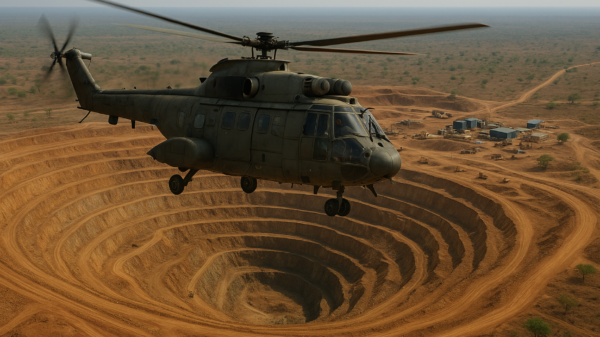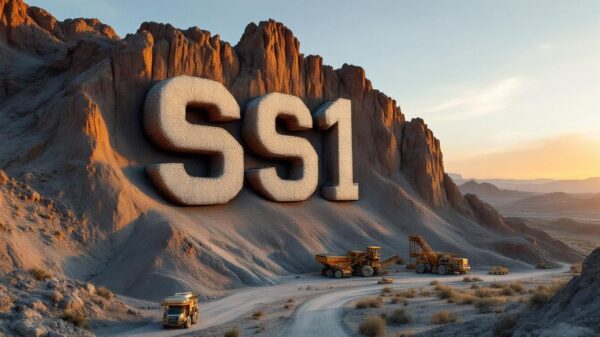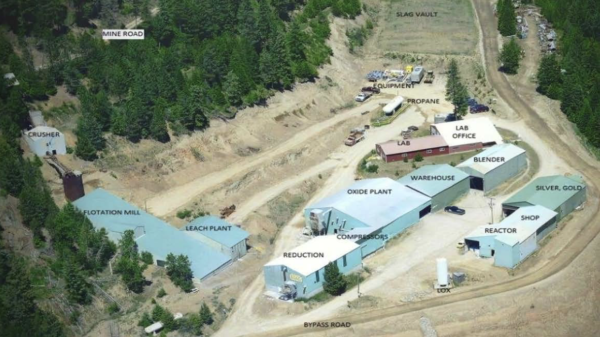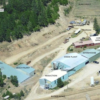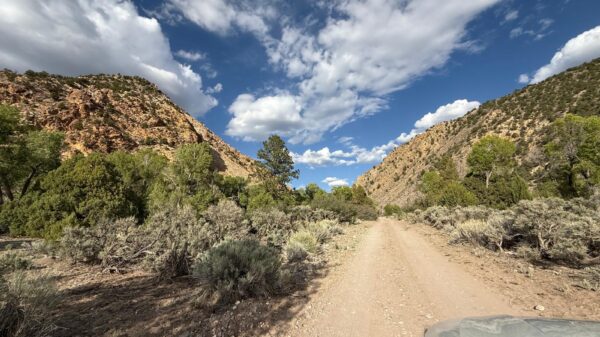Australia’s Arizona Lithium Limited (ASX: AZL) (OTC: AZLAF) just made a significant achievement for the province of Saskatchewan with successful production of battery-grade lithium carbonate at its Prairie project.
Provincial officials confirmed the milestone in an announcement Thursday. They also revealed two new incentive programs for critical minerals, valued at half a billion. Lithium, helium, rare earths and other essential commodities will be the focus of the initiatives.
Saskatchewan’s first kilogram of the chemical was pulled from lithium brine with oil and gas well drilling techniques. A direct lithium extraction process produced this batch of the product between November and February.

Saskatchewan’s first lithium carbonate. Photo credit: Arizona Lithium
First commercial well production scheduled for 2025
Prairie, situated at the south end of the province in the Williston Basin, is estimated to hold 6.3 million tonnes of lithium carbonate equivalent (LCE). The site’s lithium brine-bearing aquifers sit about 2.3 kilometres beneath the surface.
Arizona converts lithium concentrate taken from the reservoirs to a higher-purity substance on site.
“The battery grade product we produced is in sufficient quantities to go out to all the offtakers and strategic partners we are in conversation with,” Managing Director Paul Lloyd said.
He explained that Arizona aims to bring the first drill pad, where the initial commercial production well has been drilled, into full-tilt production next year. Once this process begins, Prairie would have a 20-year lifespan, producing an average of 6,000 tonnes of LCE annually. That is according to a feasibility study last winter.
Great weekend running production casing on Pad #1 at $AZL's Prairie #Lithium Project in #Saskatchewan. pic.twitter.com/Zm1kdZGcqO
— Arizona Lithium Limited (@ArizonaLithium) August 12, 2024
Read more: Lithium South extracts lithium iron phosphate at Hombre Muerto North
Read more: Cameco & Orano sponsor Athabasca Basin specific Indigenous pilot initiative
Saskatchewan known for mining, but not lithium
Canada’s prairie province has a reputation for being one of the world’s top uranium mining jurisdictions. It hosts the planet’s largest high-grade deposits.
A current upswing in the global uranium market has inspired a vast rate of prospecting in Saskatchewan’s vast section of the Athabasca Basin. While Cameco Corporation (TSX: CCO) and Orano Canada remain dominant producers in the region, others like ATHA Energy Corp. (TSX-V: SASK) (OTCQB: SASKF) have been on the hunt for new radioactive mineralization.
The province is also known for holding the world’s largest deposits of potash — a commodity primarily used for fertilizers throughout the world. Canada exports more potash than any other nation.
Although there are an assortment of lithium projects in provinces like Quebec, Manitoba and Ontario, Saskatchewan has never been historically known for battery material production — until now.
Early-stage lithium developers tend to allocate their funds into resources within countries like Argentina and Australia. Lithium brine, like that recently processed by Arizona, is plentiful in Argentina particularly.
Galan Lithium Limited (ASX: GLN), EnergyX and Lithium South Development Corporation (TSX-V: LIS) (OTCQB: LISMF) are some of the operators that have developed a thirst for South American lithium brine in recent years.
Australia is more well-known for its hard rock, spodumene lithium mining operations.
ATHA Energy and Lithium South are sponsors of Mugglehead news coverage
rowan@mugglehead.com







